 I came across an interesting problem in the MathsJam Shout for February 2022.
I came across an interesting problem in the MathsJam Shout for February 2022.
(“MathsJam is a monthly opportunity for like-minded self-confessed maths enthusiasts to get together in a pub and share stuff they like. Puzzles, games, problems, or just anything they think is cool or interesting. Monthly MathsJam nights happen in over 70 locations around the world, on the second-to-last Tuesday of each month. To find your nearest MathsJam, visit the website at www.mathsjam.com.”)
“Given two lines Ax + By + C = 0 and ax + by + c = 0, is there a simple link between the vectors (A, B, C), (a, b, c), and the point where the lines cross?”
The answer, of course, is yes, but the question is somewhat open-ended and I was not able to track down any answer given.
See the Point of Intersection Problem

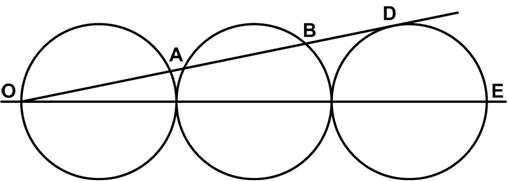 This is a straight-forward problem by Geoffrey Mott-Smith from 1954.
This is a straight-forward problem by Geoffrey Mott-Smith from 1954. This is another candle burning problem, presented by
This is another candle burning problem, presented by 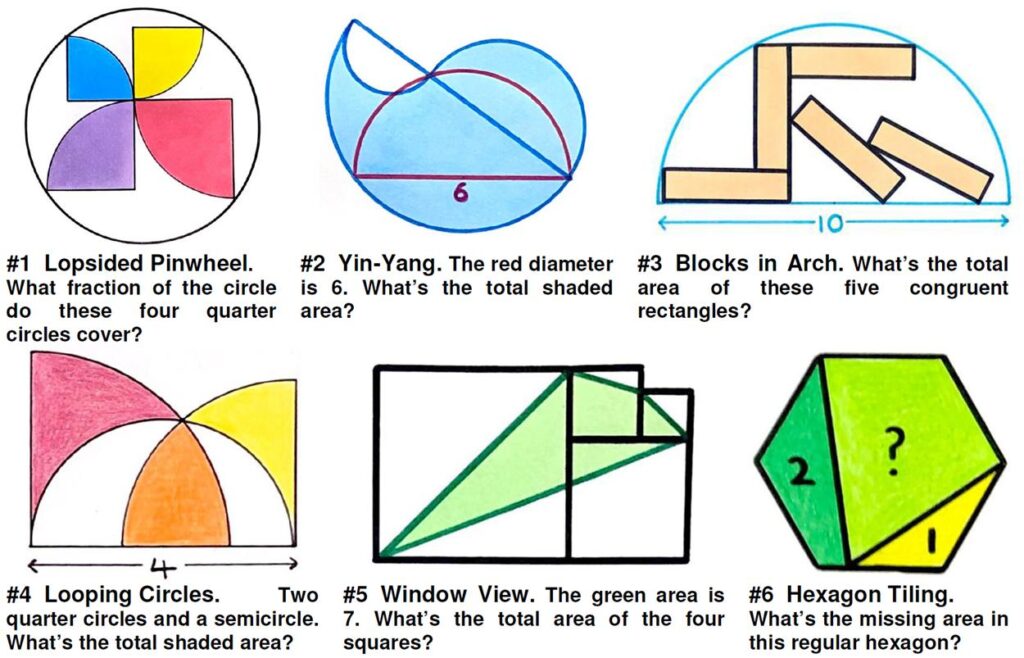 Here is yet another (belated) collection of beautiful geometric problems from Catriona Agg (née Shearer).
Here is yet another (belated) collection of beautiful geometric problems from Catriona Agg (née Shearer).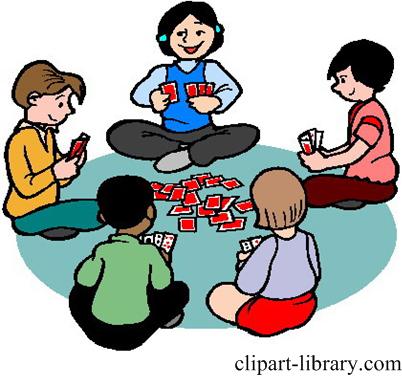 This problem comes from the Scottish Mathematical Council (SMC) Senior Mathematical Challenge of 2007:
This problem comes from the Scottish Mathematical Council (SMC) Senior Mathematical Challenge of 2007: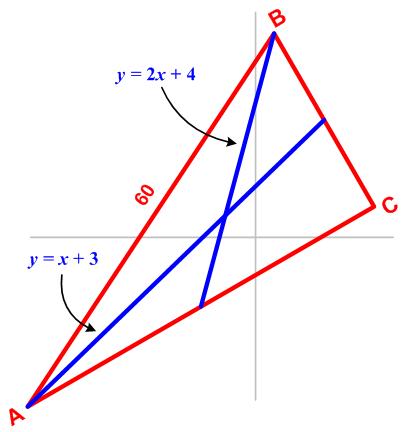 This is a challenging problem from the 1986 American Invitational Mathematics Exam (AIME).
This is a challenging problem from the 1986 American Invitational Mathematics Exam (AIME).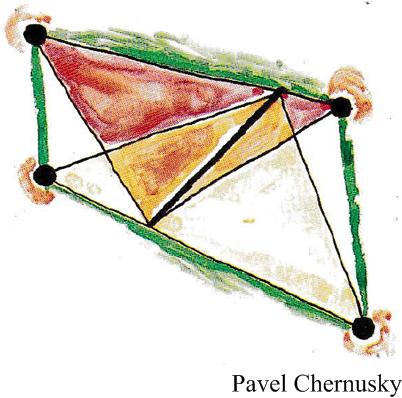 Here is another elegant Quantum math magazine Brainteaser from the imaginative V. Proizvolov.
Here is another elegant Quantum math magazine Brainteaser from the imaginative V. Proizvolov. Here is another logic problem from Ian Stewart.
Here is another logic problem from Ian Stewart. This is a most interesting problem proposed by
This is a most interesting problem proposed by 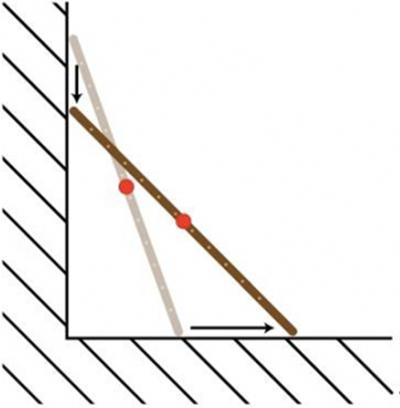 This is a thoughtful puzzle from the Maths Masters team, Burkard Polster (aka Mathologer) and Marty Ross as part of their “Summer Quizzes” offerings.
This is a thoughtful puzzle from the Maths Masters team, Burkard Polster (aka Mathologer) and Marty Ross as part of their “Summer Quizzes” offerings.